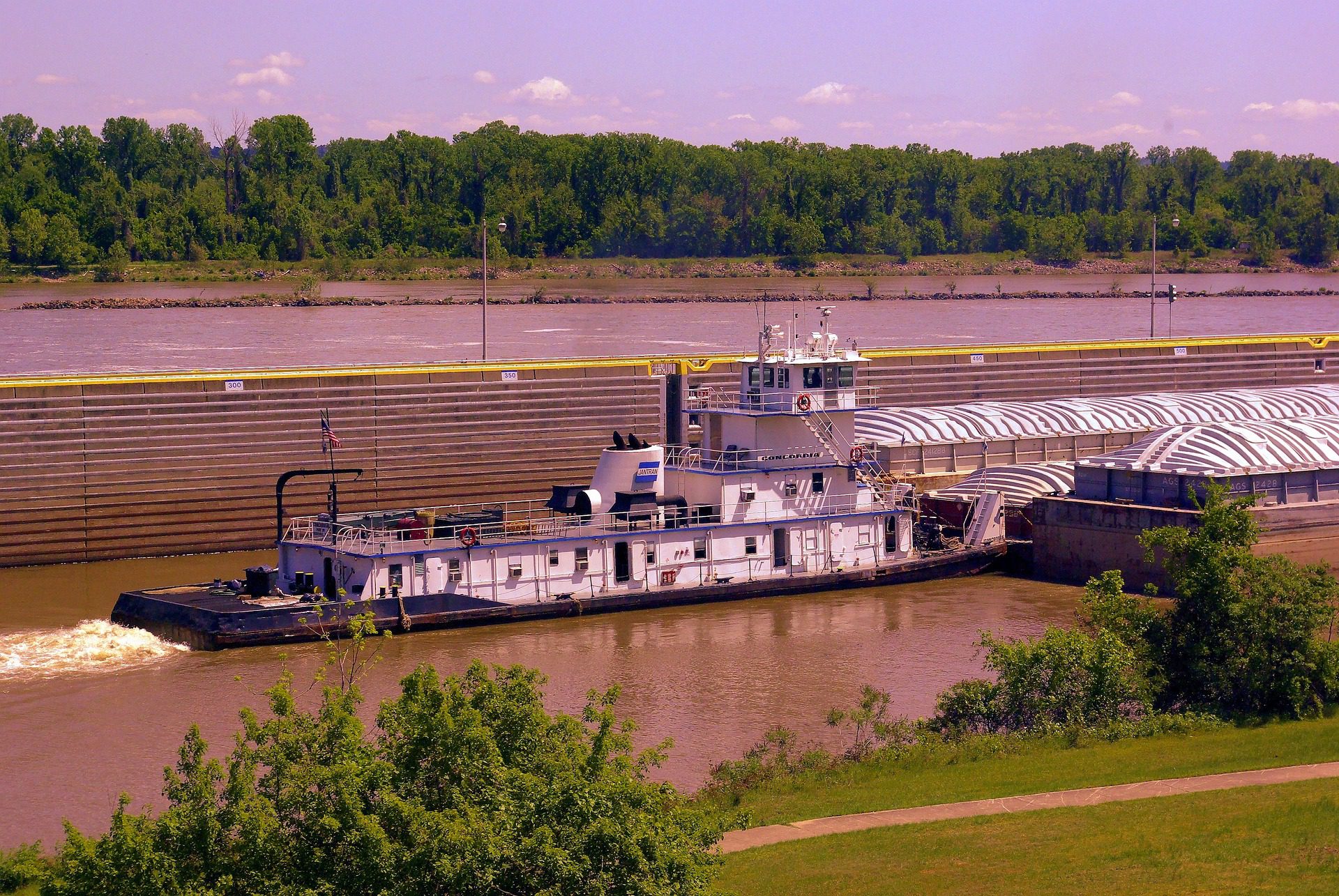
Downstream due diligence A must-have for the EU’s Corporate Sustainability Due Diligence Directive
Why is Downstream Due Diligence important?
Downstream due diligence refers to a company’s efforts to prevent, mitigate, and remediate actual and potential human rights and environmental impacts associated with the company’s product or service that occur after the company manufactured or delivered the product or service for usage or disposal by a third party. To be in line with the risk-based approach codified in the United Nations Guiding Principles (UNGP) and the OECD Guidelines for Multinational Enterprises, it is essential for businesses to conduct downstream due diligence.
For some sectors, the most severe risks are in the downstream rather than the upstream value chain. A risk-based approach would prioritise these risks. For a level-playing field between all sectors, companies need to consider the upstream and downstream value chain equally in their risk-based approach.
Examples of business relations with severe adverse impacts in the downstream value chain:
- surveillance technology supplied for state surveillance that violates human rights
- mining machinery delivered for mines that cause severe environmental devastation
- supply of pesticides that endanger the health of the population in the areas where they are used
- financing of a plantation for which people were forcibly evicted without adequate compensation
Downstream due diligence is effective in addressing risks of human rights violations and environmental damage. Downstream due diligence is particularly important in situations where upstream due diligence fails to prevent or mitigate a severe risk of harm.
Example: In most cases, corporations that source resources from mines do not start their business relationship until a mine is operating. This limits their ability to effectively address risks that occur during the opening phase of mines, such as forced displacement or environmental degradation. However, suppliers of key machinery for the opening phase of mines can use their leverage to address these risks (see this study and this case study by Germanwatch and this case study by Swedwatch for more details).
Read or download full policy brief here.
